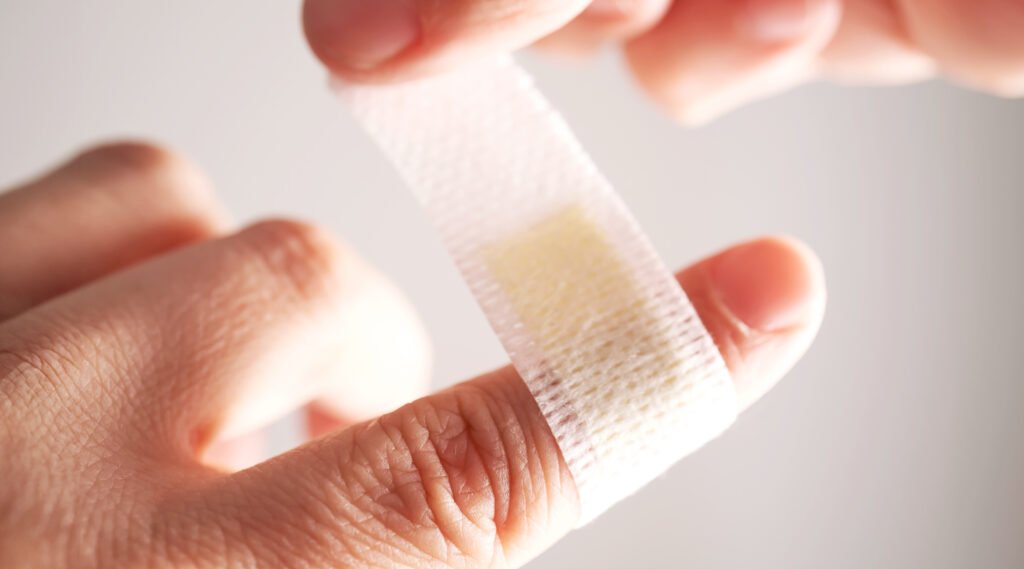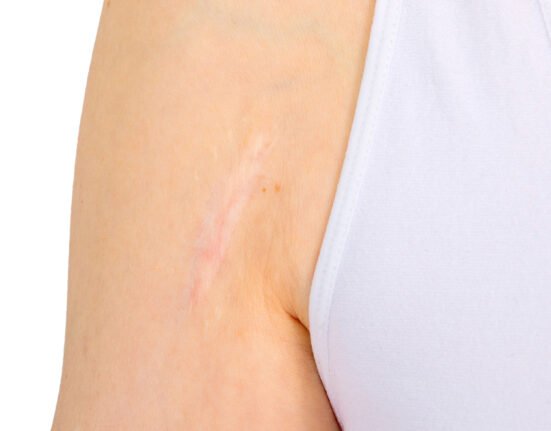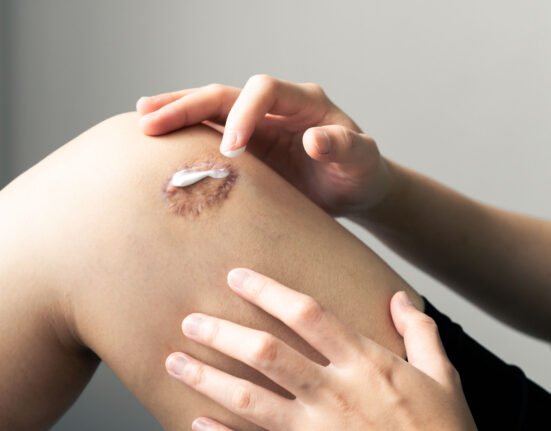Wounds can happen anytime: scrapes, burns, falls, or post-surgery injuries. They may seem minor, but if not treated properly, wounds can lead to infections or leave scars that are hard to fade.
One principle of modern wound care that often confuses people is this: a wound should stay “dry but hydrated.” What does that even mean?
Dry Wounds vs. Wet Wounds
Every wound requires different care depending on its condition. Dry wounds usually have a scab forming on the surface.
At this stage, it’s important to keep the wound covered to prevent dirt and bacteria from entering.
However, if the wound becomes too dry, it can slow down the growth of new tissue.
On the other hand, wet wounds typically produce fluid or exudate. These require extra attention to prevent excessive moisture.
If left unchecked, too much moisture creates an ideal environment for bacterial growth.
The key is in the moisture balance. Too dry can delay healing. Too much water can lead to infection.
That’s why keeping the wound in a balanced state—not soaking wet, but still slightly moist—is critical for proper healing.
Why Should a Wound Stay Dry?
Keeping the wound surface dry offers several benefits:
- Prevents dirt and bacteria from sticking
- Reduces the risk of infection
- Makes dressing changes more comfortable and less likely to damage healing tissue
Why Keep It Hydrated Too?
Here’s the part many people misunderstand. Even though a wound may look dry on the surface, the tissue underneath still needs moisture so that:
- New skin cells can grow and cover the wound faster
- The wound doesn’t form thick scabs that slow healing
- Pain and itchiness are reduced, and the wound doesn’t reopen if a scab falls off too soon
Research has shown that wounds treated in a moist but controlled environment heal faster than those left to dry out completely.
Moist Wound Healing: Finding the Balance
In medical care, this concept is known as moist wound healing. The goal is to keep the wound adequately moist to promote new tissue growth without letting it become overly wet or soggy, which can increase infection risk.
With this method, wounds tend to heal more quickly, with fewer infections and less scarring.
Wound Care Tips: Dry on the Outside, Moist on the Inside

To make it easier, here are some simple tips:
- Clean the wound with sterile solution or saline. Avoid harsh soaps.
- Use dressings specifically designed to regulate moisture.
- Change the dressing as recommended, especially if it’s dirty or too wet.
- When showering, cover the wound with waterproof material to avoid soaking it.
Avoid These Common Mistakes:
- Leaving the wound uncovered so it “dries faster”
- Overusing antiseptics, which can irritate the skin
- Letting the dressing get soggy or not changing it when needed
When to See a Doctor
If your wound doesn’t show signs of healing within 10–14 days, or you notice severe pain, swelling, foul odor, or fever, see a doctor immediately. These could be signs of infection that require medical treatment.
Wound care isn’t just about “dry” or “wet”. It’s about balance.
A wound that’s dry on the surface but hydrated underneath is more likely to heal quickly, stay infection-free, and leave minimal scarring.
So treat your wounds with care, and don’t hesitate to seek medical advice if you’re unsure about the condition.
References
Britannica. Accessed in 2025. Wound.
Medbridge. Accessed in 2025. Wound Dressings: Why Not Wet-to-Dry?
Yenssen Biotech. Accessed in 2025. Dry Wounds and Wet Wounds: the Differences and Proper Treatment.














Leave feedback about this